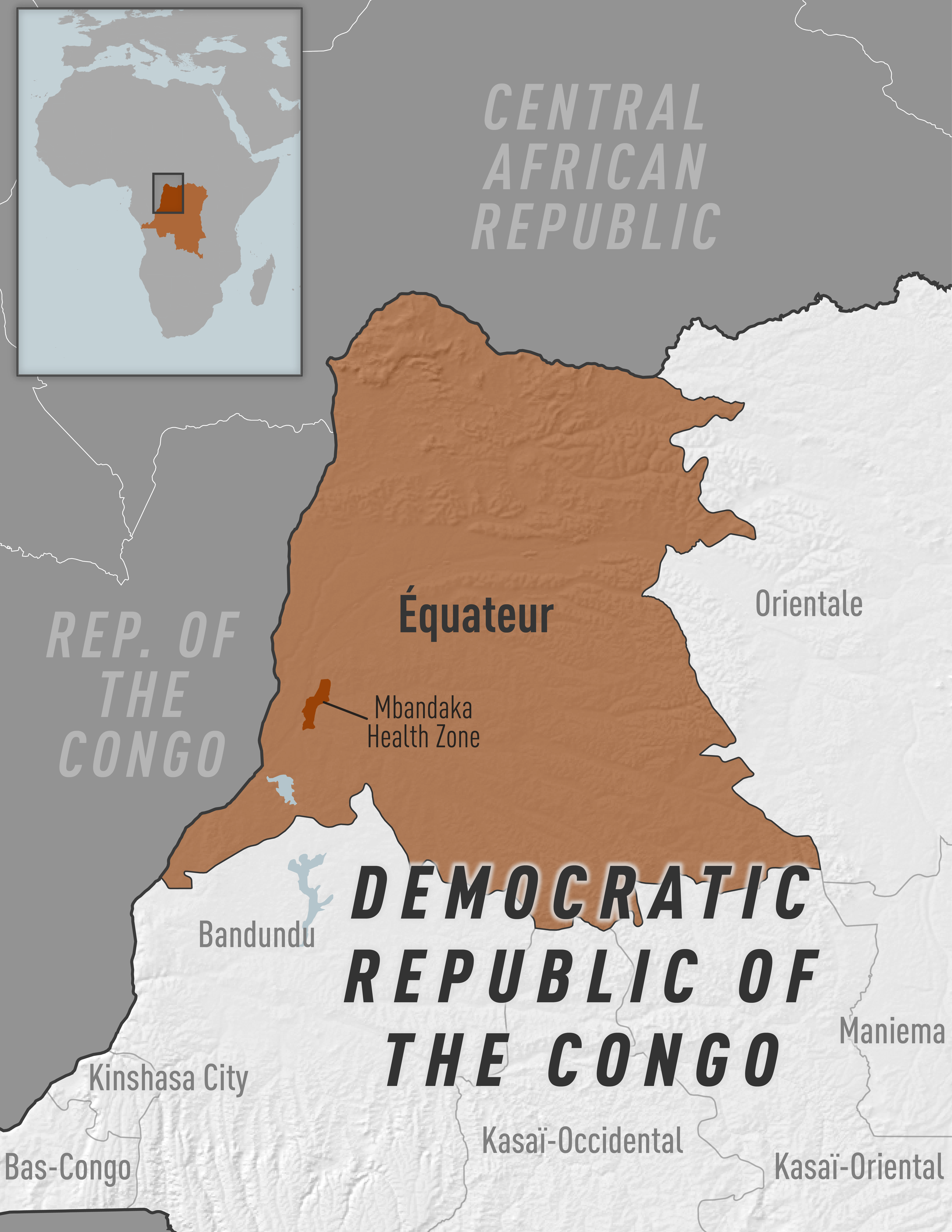Available evidence demonstrates that direct patient contact and contact with infectious body fluids are the primary modes for Ebola virus transmission,
but this is based on a limited number of studies. Key areas requiring further study include (i) the role of aerosol transmission (either via large droplets or small particles in the vicinity of source patients), (ii) the role of environmental contamination and fomite transmission, (iii) the degree to which minimally or mildly ill persons transmit infection, (iv) how long clinically relevant infectiousness persists, (v) the role that “superspreading events” may play in driving transmission dynamics, (vi) whether strain differences or repeated serial passage in outbreak settings can impact virus transmission, and (vii) what role sylvatic or domestic animals could play in outbreak propagation, particularly during major epidemics such as the 2013–2015 West Africa situation. In this review, we address what we know and what we do not know about Ebola virus transmission. We also hypothesize that Ebola viruses have the potential to be respiratory pathogens with primary respiratory spread
Transmission of Ebola Viruses: What We Know and What We Do Not Know
Ebola Outbreak in North America
It could be just a plane ride away.
Ebola, the deadly virus that kills many of the people it infects and for which there is no known cure, has once again hit central African countries
Still, the mere suspicion that someone might be suffering from the Ebola virus is enough to put public health officials on red alert.
And, given increased international travel these days, some observers are wondering: could a North American debut of the virus be ahead?
More Ebola Cases in Future?
"It is not impossible" that an Ebola outbreak could occur in North America, says Ann Marie Kimball, an epidemiologist with the School of Public Health at the University of Washington, Seattle. "We live in an age in which the travel time is shorter than the incubation for a disease. You can get infected, go on a plane for 13 or 14 hours and still have two to three days to get sick."
Historically, Kimball says, people would travel by ship and their symptoms would show up by the time they reached port and they could be quarantined. Not so with air travel. "Given travel time today, we may see an increasing number of people becoming ill when they arrive in this country, which makes disease control impossible."
